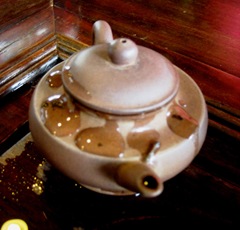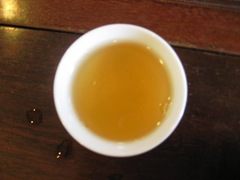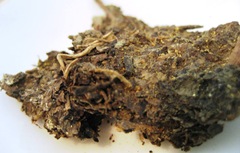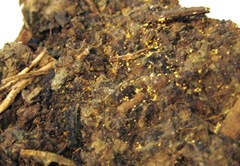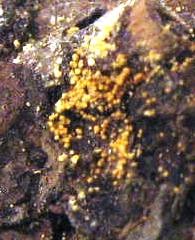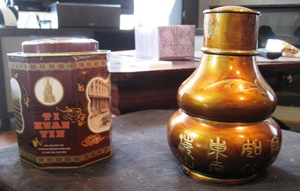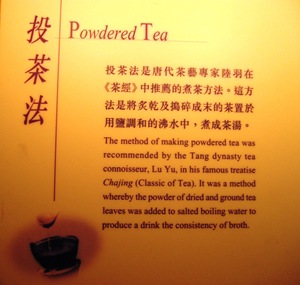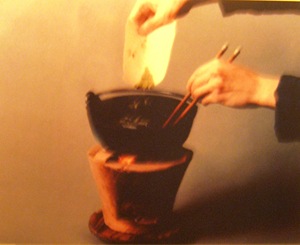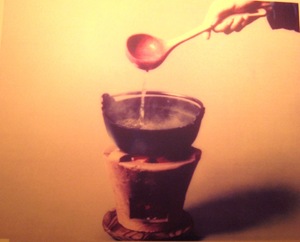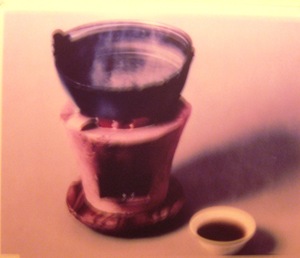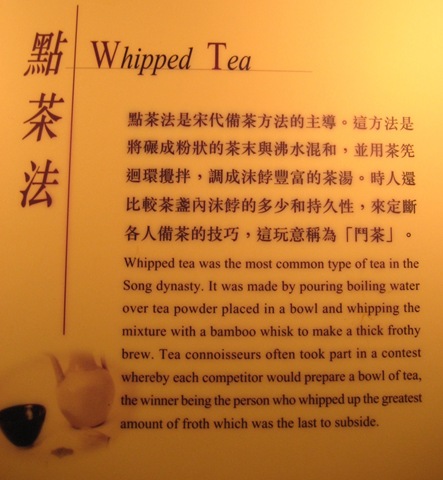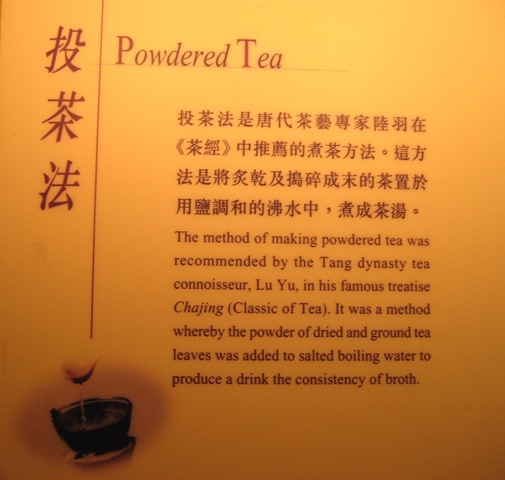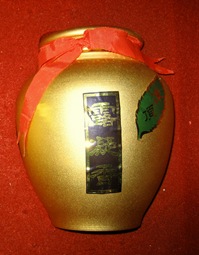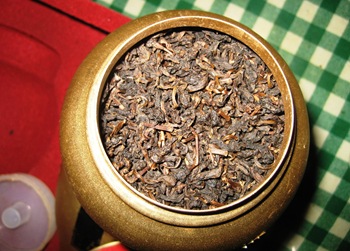An aged oolong, particularly Dong Ding and Tieguanyin, should have begun to “degrade” in the sense that it has lost much of its roast and the character of the tea has begun to soften. It is often difficult to taste for these changes with much of the aged teas that are sold because they have undergone subsequent re-roasts. I believe that a good aged oolong should have been oxidized; I don’t know to what percent, but I would guess 15% at the least. Traditional Dong Ding that is over 10 years old will meet this criteria, and older Tieguanyin (especially the Muzha variety; Anxi’s started to go green over 10 years ago and varies more) should also meet this criteria. The tea base will soften sloppily without the proper oxidation and may taste expired. Anxi’s greener oolongs, for example, can taste quite harsh even after many years of aging. The lack of oxidation seems to affect how well the tea can retain its base characteristics. The tea should also have had several roasts when it was produced, which helps to seal in the flavor. Traditional Tieguanyin is roasted as many as 4-5 times and Dong Ding generally has 2-3 roasts.
There are two main schools of aged oolongs, one which says that if the tea base is strong enough and the original oxidation and roast are good enough, that the tea should be left to soften naturally to reach its best state. This type of tea is harder to find and usually more expensive. The other major type of aged oolong is one that has been re-roasted over the years to preserve and/or enhance the taste. This type of aged oolong is easier to find, but also easier to fake. I was shown one method of fakery, alternating the tea betweens cycles of rest and baking, to produce a musty, tart, “old-ish” taste that is characteristic of aging oolongs. After the finishing roast is applied, it is allowed to sit and would be able to fool a lot of people. Since most people have not had a wide variety of aged oolongs of various types, the re-roasted variety of aged tea tastes more legitimate because it has fire and a robust body, which one can relate to what a traditional oolong should be like.
Like good, aged pu’er, Taiwan and Hong Kong can be good places to find aged oolongs. And like an aged pu’er, aged oolongs can be very pricey, upwards of thousands of dollars a pound.
If you’re shopping for aged teas in Taiwan, though, there is a basic thing that you need to know: the year that the tea was made. 1998 and 98, for example, are not necessarily the same thing. The Republic of China was founded in 1912 as the first year of the republic. If 1998 is the common calendar year, 98 is the ROC or Minguo (民國) year, taken by subtracting 1911 from the current year. Thus, a tea that is labeled or sold as 98 generally means that it is 1911+98 years old, or made in 2009. That is not an aged tea. Many Taiwanese tea farmers and retailers still use the Minguo calendar.
Fine, fine, good trivia you say, but you’re not as nutty about aged teas as I am and don’t plan to travel to Taiwan to search for them, since you’ve heard that the store 2 cities up the freeway from you has good stuff. OK, but where did THEY get their aged Taiwan tea from? I have visited many tea shops across North America and many of them don’t know as much about their product as we’d hope. I was once told by a retailer that she had some excellent aged Taiwan high mountain oolong, but the date stamp on the packaging was for Minguo years. She didn’t understand what that meant and didn’t believe that there was an alternate calendar system; I dropped the point since she was probably more embarrassed than defiant. However, I’ve said before that when a retailer deals with premium products at premium prices, there is no excuse for “not knowing;” that means they’re either dishonest to sell inferior tea at superior tea prices, or they’re ignorant and sell lesser-quality tea at premium prices.
I’d like to share a good source to buy an aged, non re-roasted Nantou (e.g. Dong Ding) aged tea to try, the type that is harder to find. If you have never had this type of tea before, you may find it to be strange and quite different. For the price, though, it is to this date the best place I’ve found to conveniently acquire and try this type of tea outside of Asia. I share this with reluctance because the quantity is so limited, but it has to be done in the spirit of tea learning. Essence of Tea is based in the UK and will ship all over. They are knowledgeable about Taiwan teas (I’ve heard their pu’er is good, but haven’t tried much – Felicific Life Blog). I know that there are other Western tea retailers with non re-roasted, aged oolongs, but this one deserves mentioning because the product is legit, the purchase quantity is flexible, and the price is quite good.
Mr. Zhan of Nine Pots Manor has an aged and re-roasted Hong Shui Oolong from Central Taiwan that I’ve talked about before. As far as I know, his teas are not sold by anyone outside of Asia, but Shiuwen at Floating Leaves Tea acquired a small amount this year (not on her site). The tea should be between 25-30 years old and is an example of a traditional, high-oxidized hong-shui tea, while also exhibiting some of the characteristic tastes of an aged oolong.
Have you found other places with an aged oolong that deserve attention?
